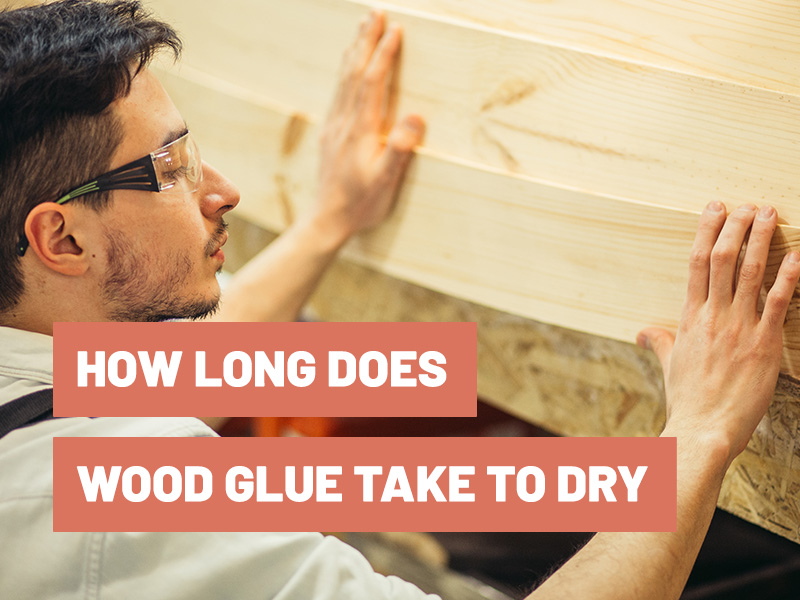As a seemingly magical substance, glue binds things together, making our DIY dreams come true.
But while it might seem like this sticky champion can attach to anything and everything, the truth is, some surfaces are like the arch-nemeses of glues.
Surprised? Stick around (pun intended) and let’s uncover these slippery secrets.
Glue Grip Glimpse: A Quick Overview
- Glue has its kryptonite: certain surfaces it just won’t bond to.
- The type of glue matters: not all glues behave the same way.
- From Teflon to certain plastics: some surfaces give glue a hard time.
Beyond the Bond: Are There Surfaces Immune to Glue?
Indeed, there are! The effectiveness of a glue depends largely on the material’s nature and the glue’s properties.
Some surfaces, like those that are very smooth, oily, or have non-stick properties, can be quite challenging for adhesives to bond with.
Types of Glues and Their Slippery Foes
White Craft Glue (PVA)
- Doesn’t Stick Well To: Oily surfaces, certain plastics, and metals.
- Why? These glues are water-based and have difficulty adhering to non-porous, oily, or super smooth surfaces.
Superglue (Cyanoacrylate)
- Doesn’t Stick Well To: Teflon, polyethylene, or polypropylene plastics.
- Why? These materials repel the adhesive properties of superglue, making bonding difficult.
Epoxy Resin
- Doesn’t Stick Well To: Very smooth surfaces and certain types of rubber.
- Why? Epoxy needs a slightly rough surface for a better bond; super-smooth surfaces give it less grip.
Wood Glue
- Doesn’t Stick Well To: Metals, plastics, and ceramics.
- Why? Wood glue is specifically designed for porous materials like wood; non-porous surfaces won’t allow for proper adhesion.
Fabric Glue
- Doesn’t Stick Well To: Hard materials like metals, stones, or glass.
- Why? Fabric glues are made to remain flexible, so they don’t bond well with rigid, non-textile materials.
Hot Glue
- Doesn’t Stick Well To: Surfaces that repel heat or are very smooth.
- Why? Hot glue solidifies upon cooling; if the surface dissipates the heat quickly or is too smooth, the bond is weak.
Conclusion: To Stick or Not to Stick, That’s the Question
While glue is a fantastic tool, helping us fix broken things and craft wonderful creations, it isn’t invincible.
Knowing which adhesive works best on which surface is the key to ensuring long-lasting bonds.
So, the next time you reach for that tube or bottle of adhesive, remember that every glue has its perfect partner and its slippery foe.



